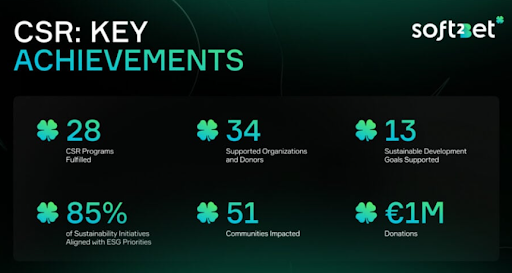Every day, drivers face dangers on the road. Speeding or distracted driving can cause crashes, harming people and draining budgets. Telematics changes that. It hands fleet managers clear data to spot risky habits. With details like speed or braking patterns, you get a full view of how drivers operate. This helps cut accidents and builds a safer workplace.
Tracking Driver Actions with Telematics
Small devices plug into a vehicle’s diagnostic port. They grab live data on things like speed or sharp turns. Idling too long? The system logs it. Harsh braking? It’s caught. Managers check this info on a dashboard, seeing road activity in real time. If someone speeds often, the system pings a warning. That data lets managers guide drivers to do better. Platforms like Radius tie into other tools, making safety tracking smooth for any fleet size.
Video Telematics Brings Clarity
Picture watching what your drivers see. That’s video telematics. AI-powered dash cams spot risky moves, like using a phone or slamming brakes. They save video clips of these moments. Managers use them to train drivers, showing exactly what went wrong. If a driver swerves suddenly, the footage explains why. This cuts insurance costs and strengthens coaching. Combined with vehicle data, videos tell the whole story, boosting safety plans.
Guiding Drivers to Safer Habits
Data just points out issues—fixing them takes work. Telematics shows which drivers need help. Got someone who brakes too hard? Sit them down with the data and suggest smoother moves. Regular check-ins make drivers feel accountable. Over time, they drive more carefully, lowering crash risks. Some systems send alerts right to the cab when a driver speeds. That quick nudge fixes behaviour fast. Training with telematics data builds a team that drives wisely.
Saving Money with Safer Driving
Crashes don’t just hurt drivers—they hit profits. Repairs, higher insurance, and idle trucks cost a fortune. Telematics catches habits like speeding or sharp turns that lead to accidents. Stop these early, and you save big. For example, less harsh braking means brakes last longer, cutting repair bills. Safe drivers can also lower insurance costs. Some insurers use telematics to give discounts for good driving. Safety, in short, keeps cash in your pocket.
Meeting Regulations with Ease
Rules from bodies like the DOT keep fleets honest. Telematics makes following them simple. It tracks driver hours, logs inspections, and flags faults automatically. No more chasing paper forms or missing deadlines. If an engine issue pops up, managers get a heads-up right away. This keeps vehicles road-ready and compliant. Digital logs also make audits a breeze, saving hours during checks. Telematics keeps you legal without the stress.
How Integration Boosts Safety
Telematics works best with fleet software. Tools like Radius pull all data into one place. You see driver habits, vehicle health, and repair needs together. If speeding triggers an alert, the software links it to a training plan. This cuts out manual tasks, so managers focus on safety, not forms. A smooth system like this lets fleets act fast, keeping drivers and trucks safe.
What’s Next for Fleet Safety
Telematics keeps evolving. AI analytics now predict risks before they strike. They spot drivers likely to mess up based on past habits. Future dash cams will catch distractions like yawning with sharper accuracy. As electric vehicles grow, telematics will monitor battery health, adding new safety layers. These upgrades mean fewer accidents and less stress for managers running fleets.
Wrapping Up Fleet Safety
Telematics reshapes how fleets stay safe. Live data, video proof, and smart software give managers what they need to protect drivers and save money. By catching bad habits early, training drivers well, and keeping up with rules, fleets run smoothly. Safety starts with solid data, and telematics delivers plenty. Whether your fleet’s small or spans the globe, this tech makes safety straightforward and effective.




















